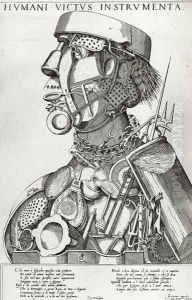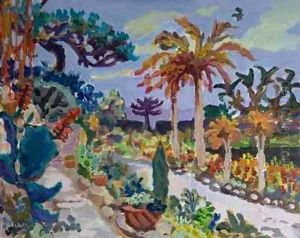Giovanni Francesco Camocio Paintings
Giovanni Francesco Camocio, born around the early 16th century, was an Italian cartographer and publisher, significantly active during the Renaissance period. His contributions to the field of cartography and printmaking are notable for their detail, accuracy, and artistic quality, reflecting the period's growing interest in geography and exploration. Camocio is particularly renowned for his work in the Venetian school of mapmaking, a pivotal center for cartographic innovation in Europe during the 16th century. His maps and atlases not only served as navigational tools but also as objects of art and learning, embodying the Renaissance spirit of discovery and intellectual curiosity.
Camocio’s career was marked by the production of a wide range of cartographic materials, including single-sheet maps, city views, and island books, which were collections of maps focusing on particular geographic regions, especially those relevant to the Venetian Republic's maritime interests. He was part of a vibrant community of mapmakers in Venice, which included figures like Paolo Forlani and Giacomo Gastaldi, with whom he shared knowledge and possibly collaborated. Camocio’s works often depicted newly explored territories, contributing to the diffusion of geographical knowledge across Europe. His maps were not only practical but also served as propaganda tools, reflecting and promoting the political and economic interests of the Venetian Republic.
Despite his significant contributions, detailed records of Camocio’s life remain scarce, and much of what is known about him comes from the analysis of his works and references in contemporary documents. After his death in 1575, his publishing business and plates were likely taken up by his successors, continuing his legacy. His work remains of interest to historians and collectors alike, offering insights into the cartographic practices and cultural ambitions of the Renaissance period. Giovanni Francesco Camocio’s maps are preserved in major collections worldwide, standing testament to his skill and the enduring fascination with early modern cartography.

